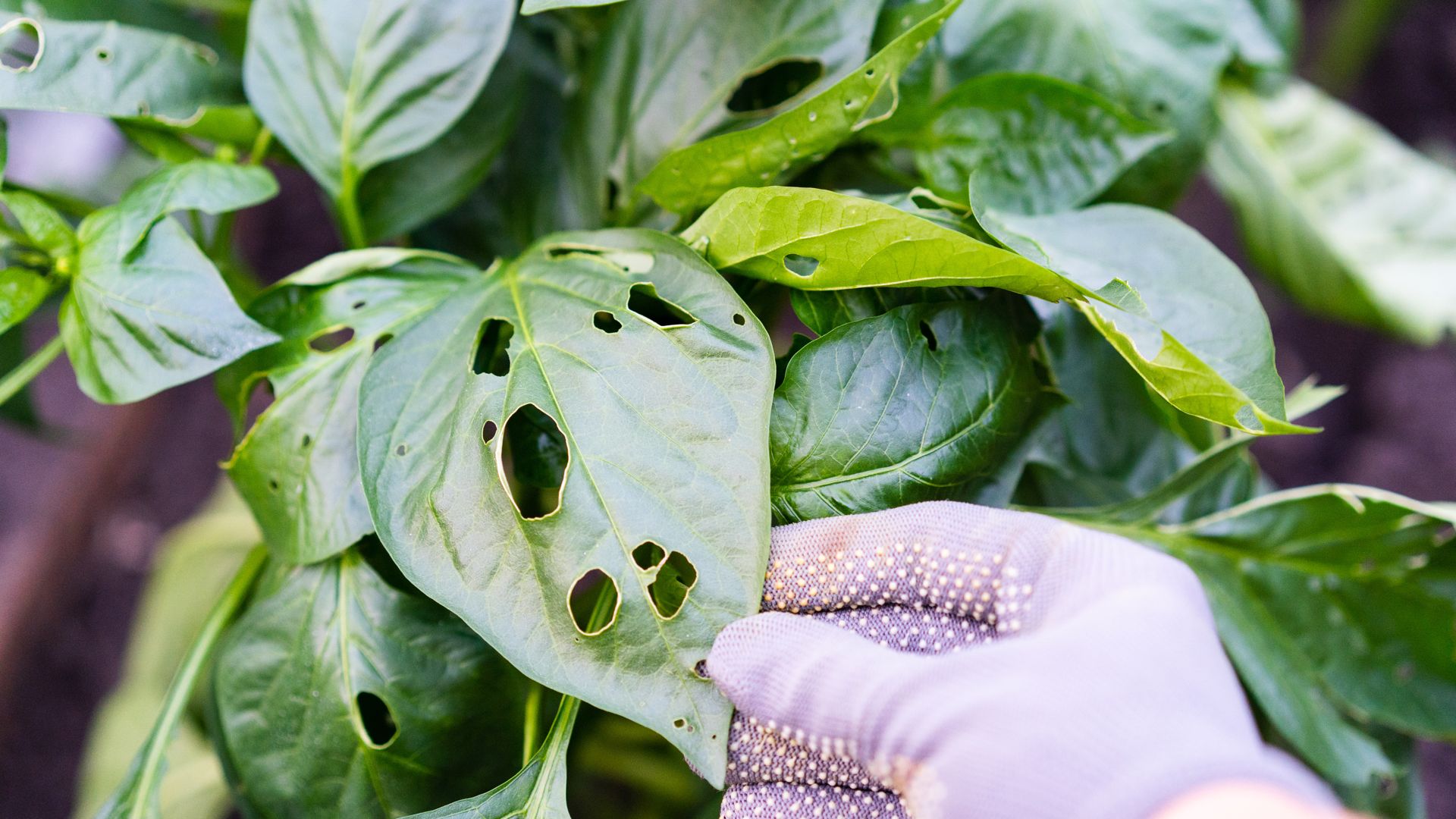

Everything You Need To Know About Baldfaced Hornets
A lot can be said about baldfaced hornets, which are scientifically referenced as Dolichovespula maculata, but you probably didn't come here for a biology lesson. If you're like most people, you're not interested in the fact that baldfaced hornets' nests are made up entirely of sterile females and that male drones are only produced at the end of summer for the sole purpose of mating with female reproductives or that baldfaced hornets aren't actually hornets at all, but one of the many types of yellow jacket wasps found in the United States. And, while the experts we have on staff here at Parkway Pest Services could teach a course in the entomology of baldfaced hornets, we're going to focus this article on what matters most: how to protect yourself, your family, your business, and your pets from these stinging insects.

Here are all the facts you need to know about baldfaced hornets
- Baldfaced hornets can be identified by their stark, white, and black coloring. The white markings are predominantly found on the face and tail, with the center of the hornet being mostly black.
- Baldfaced hornets are closely comparable to other yellow jackets in behavior but not habitat because they choose to build their nests entirely above ground, unlike many other yellow jacket species.
- Nest locations for baldfaced hornets include overhangs, trees, the sides of buildings, and inside bushes. These nests are usually hidden by vegetation and will become noticeable when fall temperatures cause leaves to fall off.
- Baldfaced hornets swarm and give chase when protecting their nest. It is important to move quickly away from a swarm without swinging your arms. And never jump into the water to escape these stinging pests. They can wait longer than you can hold your breath.
- These bad-tempered insects aren't bad-tempered at all. They are social insects that live selfless lives in service to their nest. If you are unfortunate enough to run into a baldfaced hornets' nest, these insects will attack you with significant aggression. But it isn't because they're mean; they're just doing what they were born to do. The best way to prevent stinging incidents on your property is by having nests removed.
- Nests found high in trees, and at least 20 feet from home, do not need to be removed. Baldfaced hornets are beneficial insects that prey on other pest creatures, such as poisonous spiders.
- Removal of baldfaced hornet nests can be tricky and dangerous. It requires the use of insecticides, protective clothing, and established pest control protocols. This is a task that should always only be done by a trained pest specialist.
- A typical baldfaced hornets' nest has around 400 workers in it. But larger nests can have as many as 700.
- Baldfaced hornets sting. Not only do they sting, but they can also sting multiple times without losing their stinger or dying. It is never a good idea to be anywhere near these insects.
- Waving your arms, moving quickly, and going too close to a nest can result in multiple stings.
- The sting of a baldfaced hornet is similar to most bees and wasps. It hurts quite a bit, especially if you're stung somewhere sensitive.
- The baldfaced hornet has a unique ability in that it will sometimes squirt its venom into the eye of invading animals. This venom will cause immediate watering of the eyes and temporary blindness.
- As with all bees, wasps, and hornets, the venom from these insects can cause an allergic reaction that can lead to anaphylactic shock.
- Baldfaced hornets are overwintering pests. A nest will produce fertile females and male drones in preparation for winter. While the males die off, the females will find an old log, stump, or tree to hide them from the cold. This behavior will also cause them to hide inside a manufactured structure's eaves, roofline, and walls. It is important to make sure your home or business has been closely inspected for gaps, cracks, holes, and other entry points. Look closely around pipes, electrical boxes, air conditioning units, and other objects that pass through your exterior walls.
If you're seeing baldfaced hornets flying around on your New York property, contact Parkway Pest Services for a detailed inspection and safe removal of nests. These stinging pests aren't likely to give you a second chance if you get near their home, so it is best to make sure their home isn't near your home.
Customer Testimonials
-
“Beyond friendly and professionally she really understood how freaked out we were and felt like she was in it with us the whole way.”- Emily W.
-
“The gentlemen that came over was very friendly and honest!”- Patty M.
-
“They sent a tech the same day and truly saved the day for my Aunt’s home in New York.”- D. Hunsaker
-
“I called Parkway, got Shoshanah on the phone, told her about the problem (she could tell I was a wreck!) Within an hour Steve was here!”- C. Petronella
-
“Had some scheduling issues and with her kindness patience and professionalism sorted it all out!”- John D.
-
“They were on time and informative in formulating a plan to protect my property from future pests. Will call on Parkway Pest for future services.”- Michael C.
-
“We are long term customers and appreciate all the above listed highlighted qualities (Professionalism, Punctuality, Quality, Responsiveness, Value)”- Caroline M.
-
“Handled our mice situation with a professional and personable approach. Thank you!”- CJ Z.


Our Blog & News
Catch up with the latest blog articles from Parkway or see news that is happening in the pest control industry.







